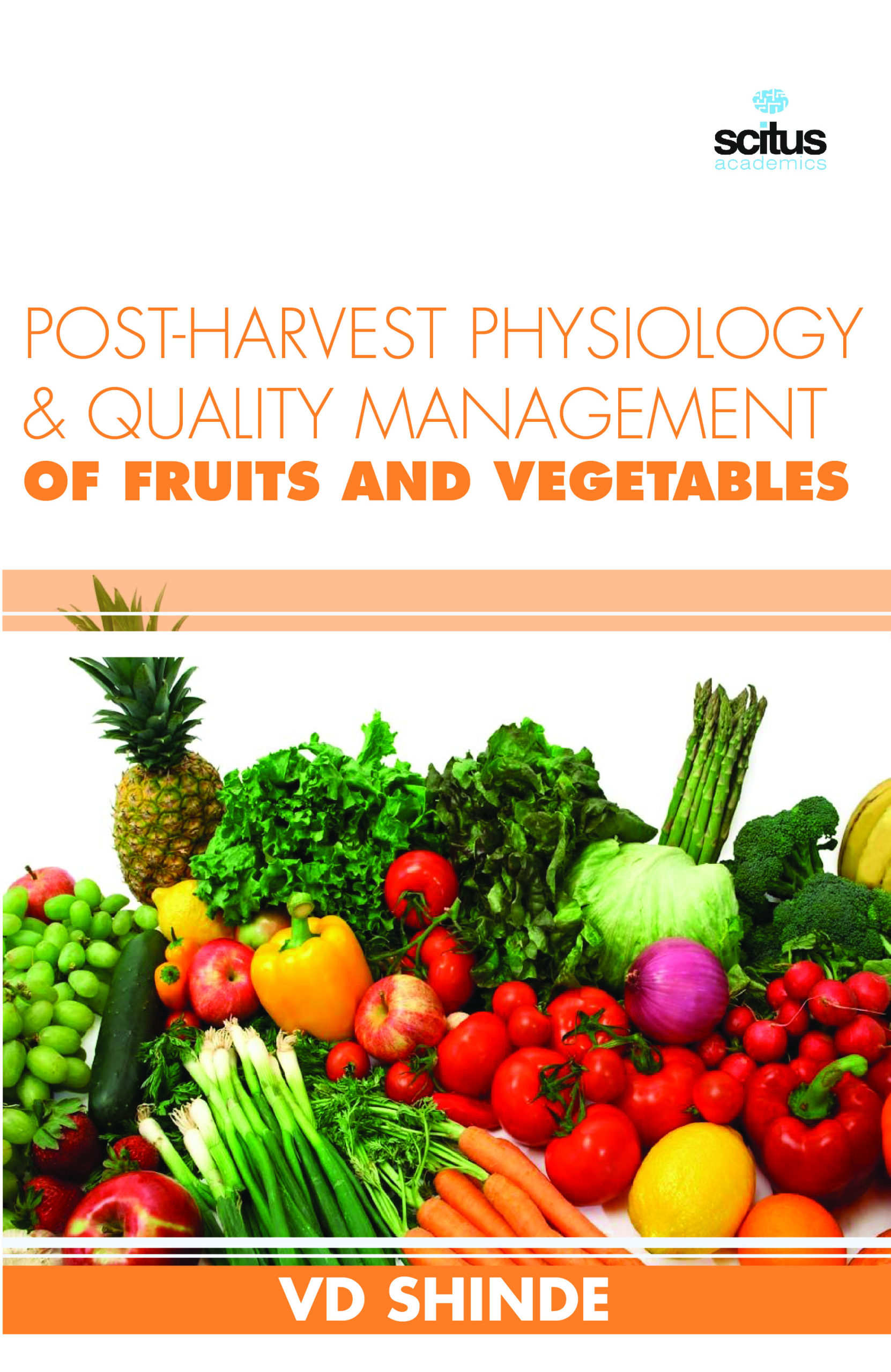Postharvest priorities across the globe have evolved considerably over the past four decades, from being exclusively technical in their outlook, to being more responsive to consumer demand. Consumer-driven trends which have contributed to this shift include rising incomes in urban areas, changing dietary habits, more women in the work-place, reduced time for meal preparation and growing demand for safety, quality and convenience. Other factors such as globalization, urbanization and the need to achieve efficiencies and reduce costs have also contributed significantly to this shift in priorities and continue to re-shape and restructure the fresh produce sector. Growing populations across the globe continue to create demand for fresh produce and processed horticultural products. Meeting these requirements as well as those of export markets necessitates assuring quality and safety in both domestic and export supply chains. Capacities must therefore be developed across the region in order to respond to consumer and market demand and to avert the risk of large numbers of small farmers becoming marginalized. At the same time, Governments in the region must develop a vision for the development of the postharvest sector and facilitate activities within the sector in order to realize that vision.













